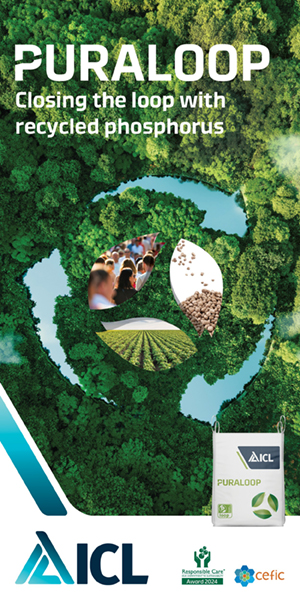

Comprehensive coverage of the global fertilizer industry
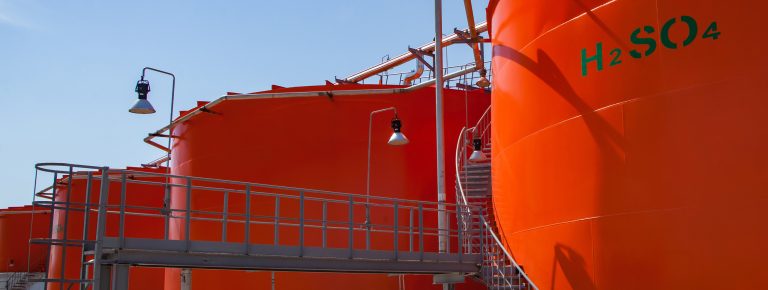
Sulphur
Extensive and independent coverage of the global sulphur and sulphuric acid industries
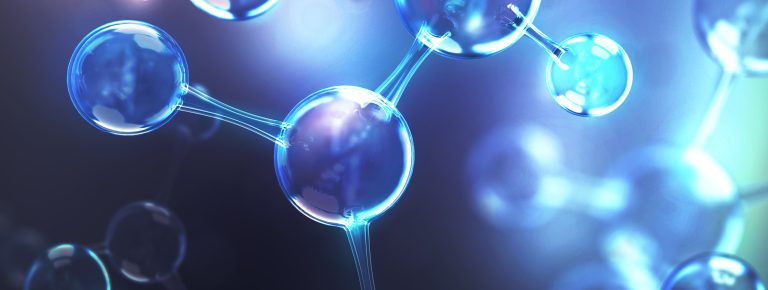
Nitrogen+Syngas
Unrivalled technical and market coverage of syngas and its derivatives

Advertising
Advertise your company and products on our website or print editions

Latest from BCInsight

Neutralisation of heat stable salts – Part 1
Joel Cantrell of Bryan Research & Engineering and Clay Jones of INEOS GAS/SPEC re-evaluate the historical practice of intentionally adding strong base such as caustic (NaOH) to amine with the purpose of improving performance and reducing corrosion by “neutralising” heat stable amine salts (HSAS) which have accumulated in the amine.
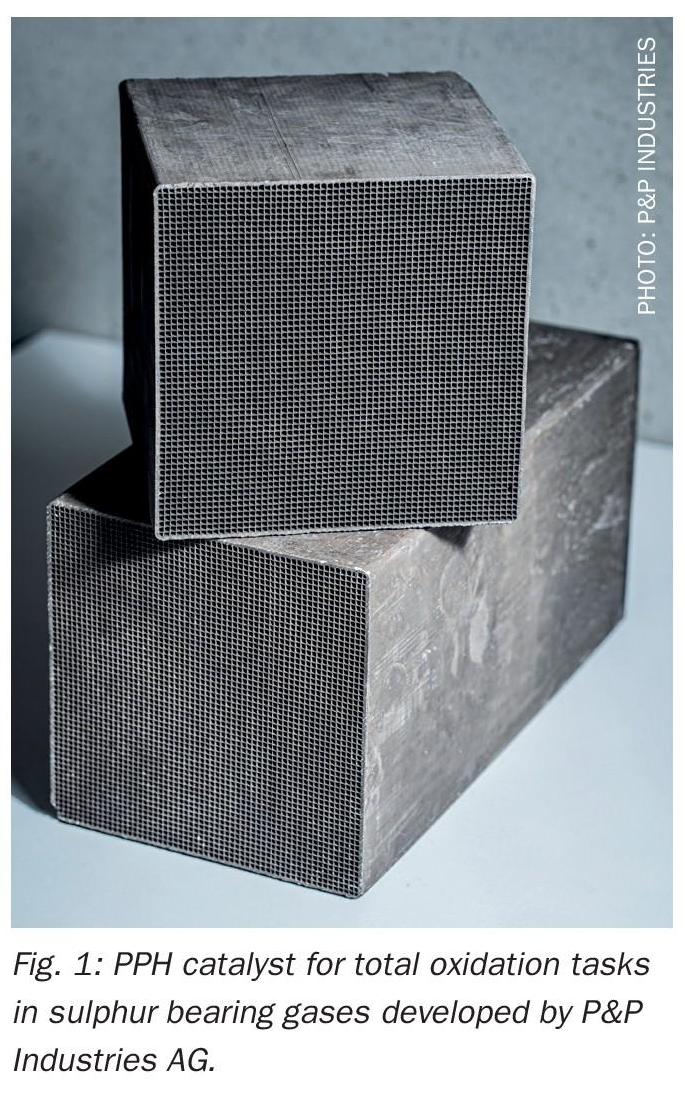
Platinum-catalysed conversion of sulphur species
Platinumpromoted honeycomb catalyst bricks offer lower pressure drop, higher activity, reduced toxicity, and function as total oxidation catalysts that convert all oxidisable species under appropriate temperature and oxygen conditions. A case is presented for a sulphur-resistant total oxidation catalyst processing a gas stream bearing high amounts of H2 S – relevant to the fibre industry, Claus offgas treatment, and other chemical sectors. Proper parameter settings enable conversion of H2 S to SO3 for concentrated sulphuric acid production. Additional applications for the total oxidation catalyst include metallurgical offgas treatment, VOC abatement, and CO abatement under harsh conditions.
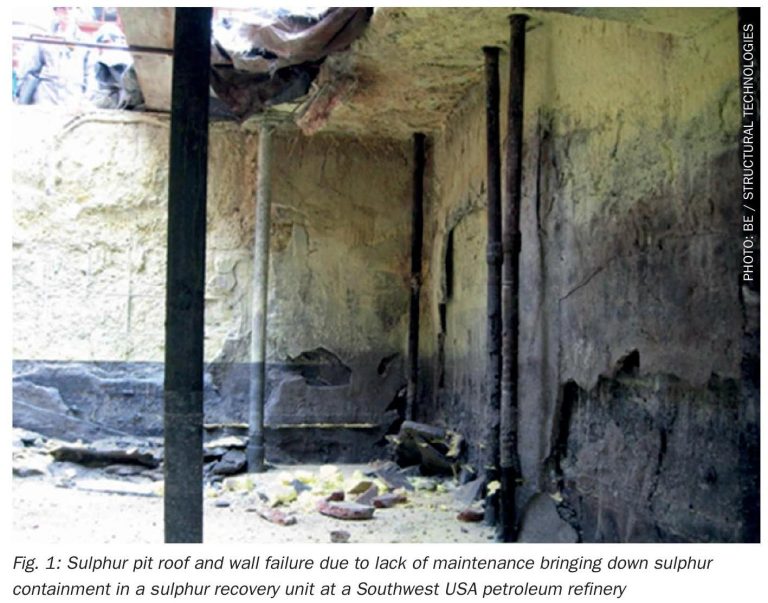
Sulphur pit turnaround and rehabilitation
A full sulphur pit turnaround and rehabilitation is typically a once in a lifetime experience for refinery personnel. Specialists in sulphur pit turnarounds, Gavin Palmer of Brindley Engineering, Tom Kline and Bob Hall of Structural Technologies have compiled a database based on multiple sulphur pit turnarounds to identify typical deficiencies in mechanical systems, along with improvements to enhance operability, restore functionality and meet all codes/standards and best practices.

SRU optimisation through continuous monitoring
Continuous monitoring of sulphur recovery units (SRUs) has proven to be an excellent tool for energy optimisation and emissions reduction, yielding financial incentives in the form of CO2 credits and sustainability. Even in markets with limited CO2 credits, significant economic benefits can still be realised through reduction in utility consumption, as demonstrated by a recent collaboration between Worley Comprimo and PRefChem in Malaysia.
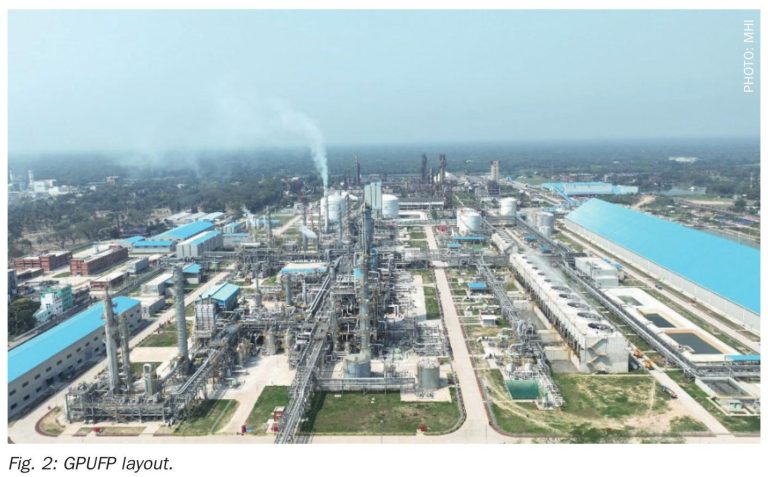
Sustainable, efficient, and safe urea production
MHI has successfully completed the Ghorasal Polash Urea Fertilizer Project in Bangladesh – the country’s largest fertilizer complex. Key features of the project include: the KM CDR Process™ that captures CO2 , cuts emissions and boosts urea output; an energyefficient granulation unit using a bulk flow cooler to reduce power demand; and reinforced digital safety management.

Incident No. 7 Nitric acid tank explosion – Part 2
The following case study describes a serious incident and the consequences of erroneously mixing nitric acid with hydrochloric acid. In Part 1 we reported on the incident and the causes that led up to the event. In part 2 the impact, recommendations and lessons learned will be discussed.
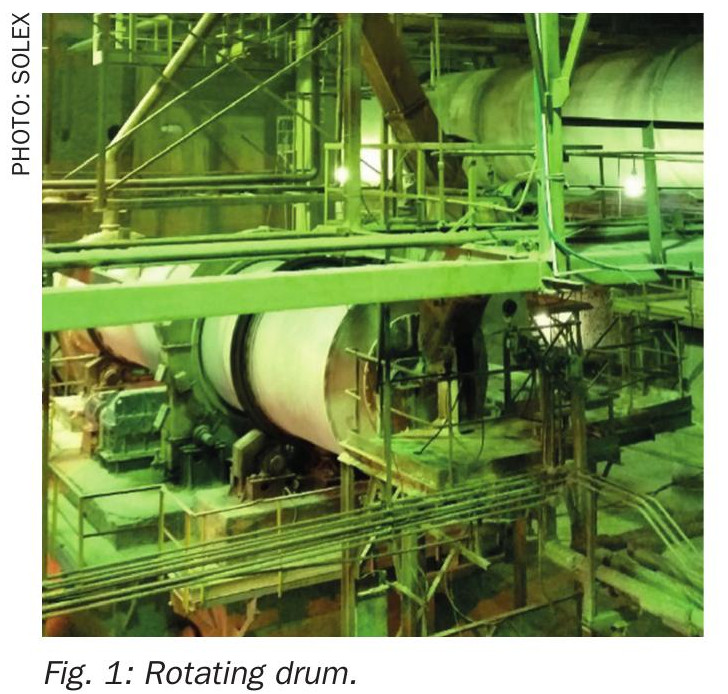
Selecting the right cooling technology
Advances in cooling technology are providing fertilizer facilities with new options when it comes to upgrading outdated equipment and improving environmental sustainability of their existing operations. Igor Makarenko of Solex Thermal Science explores cooling strategies to improve operational efficiencies while also reducing their energy consumption, greenhouse gas emissions and overall carbon footprint.
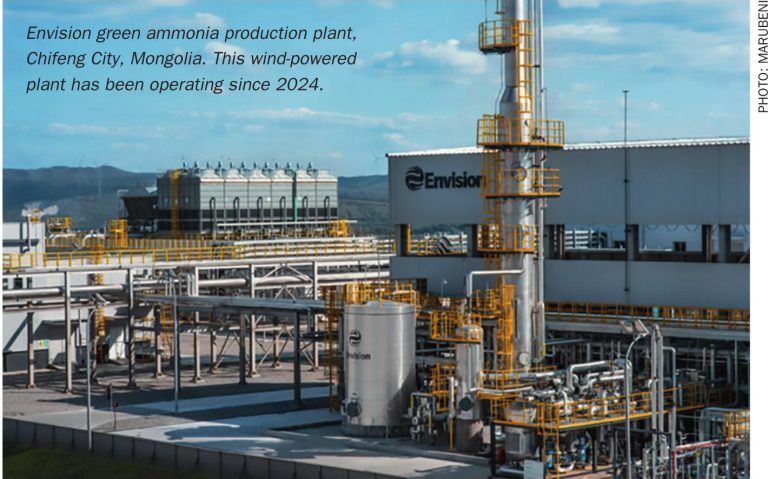
Status of renewable ammonia projects and technology licensors
Globally, operational renewable ammonia projects have exceeded one gigawatt (GW) of installed electrolyser capacity for the first time. Kevin Rouwenhorst of the Ammonia Energy Association (AEA) provides an overview of well-advanced projects and the associated technology options for ammonia synthesis.







